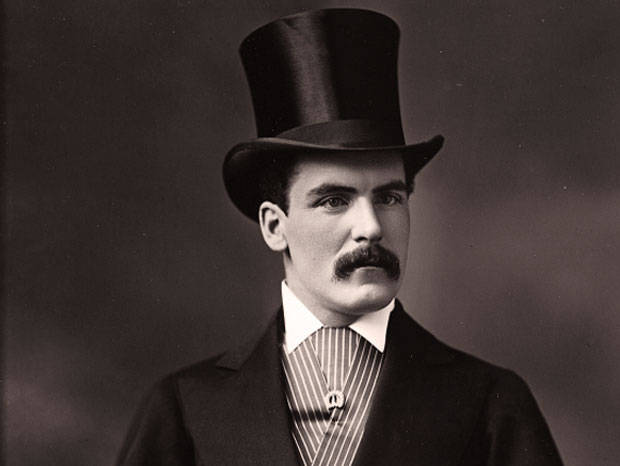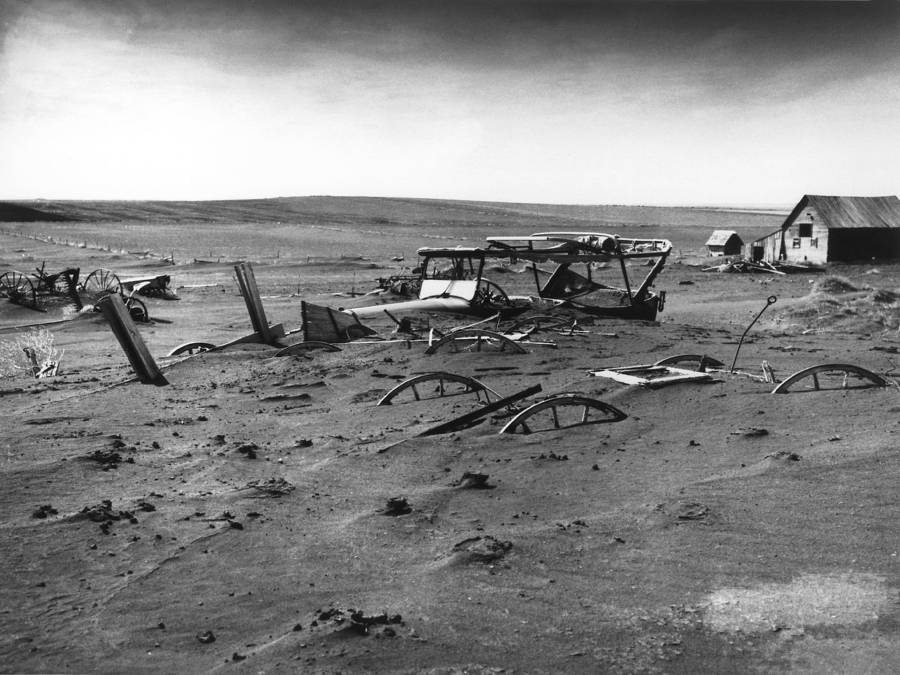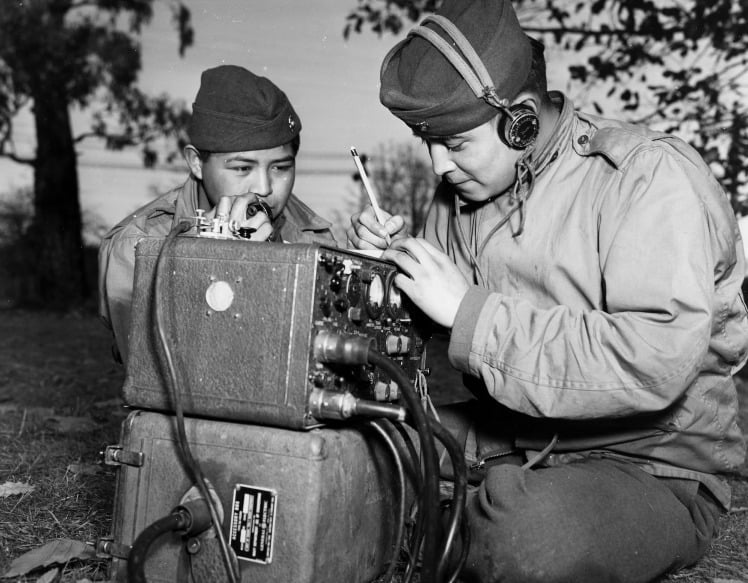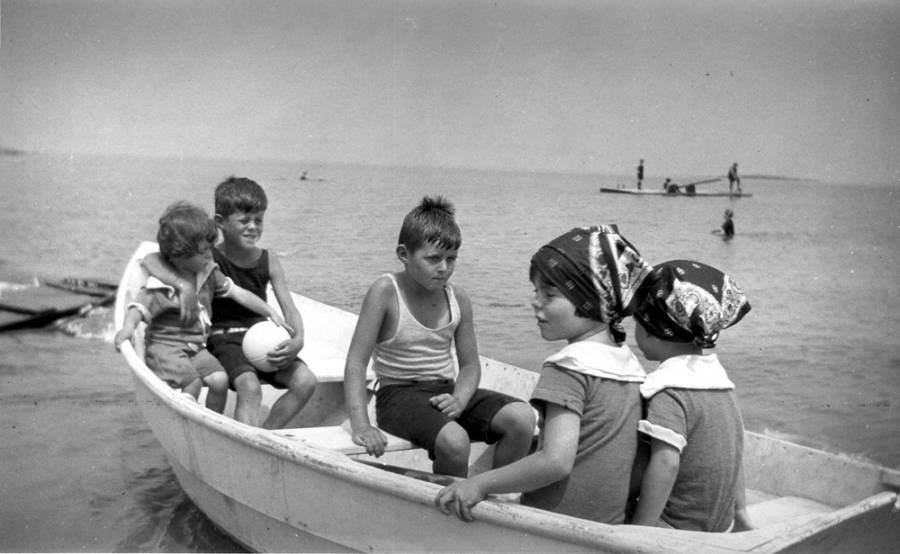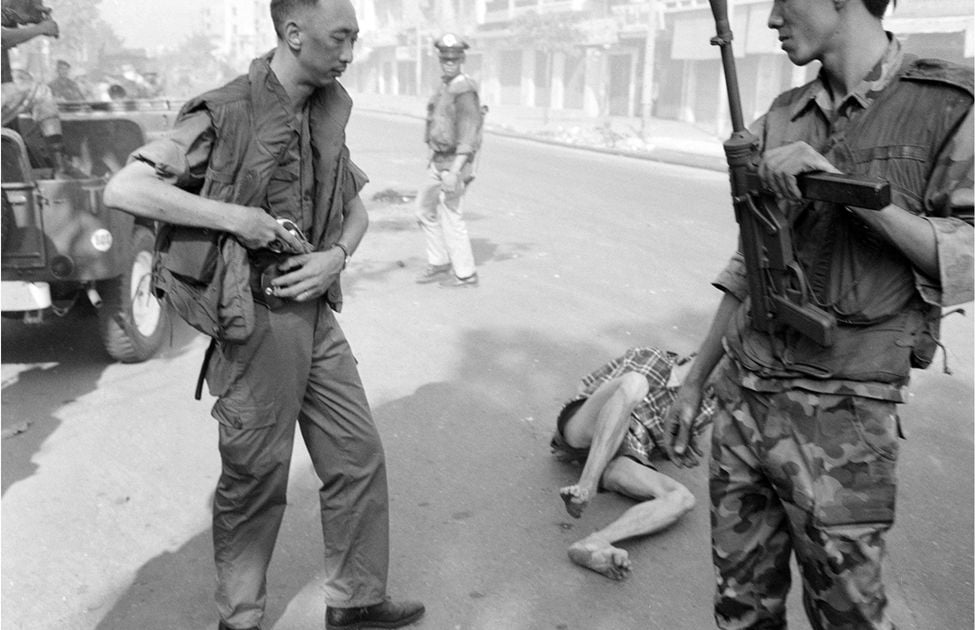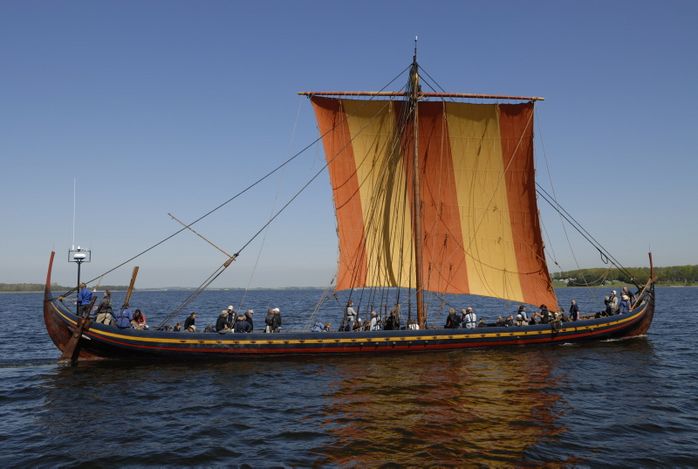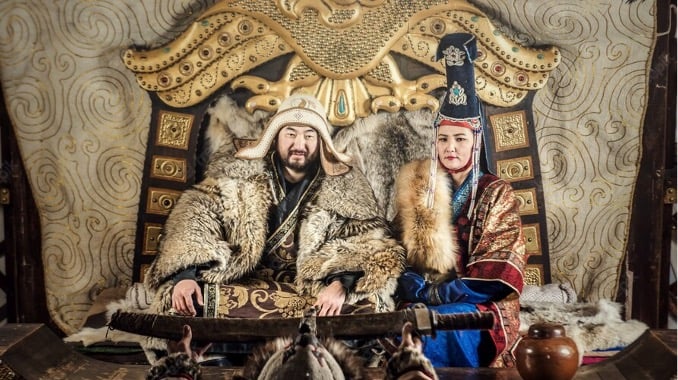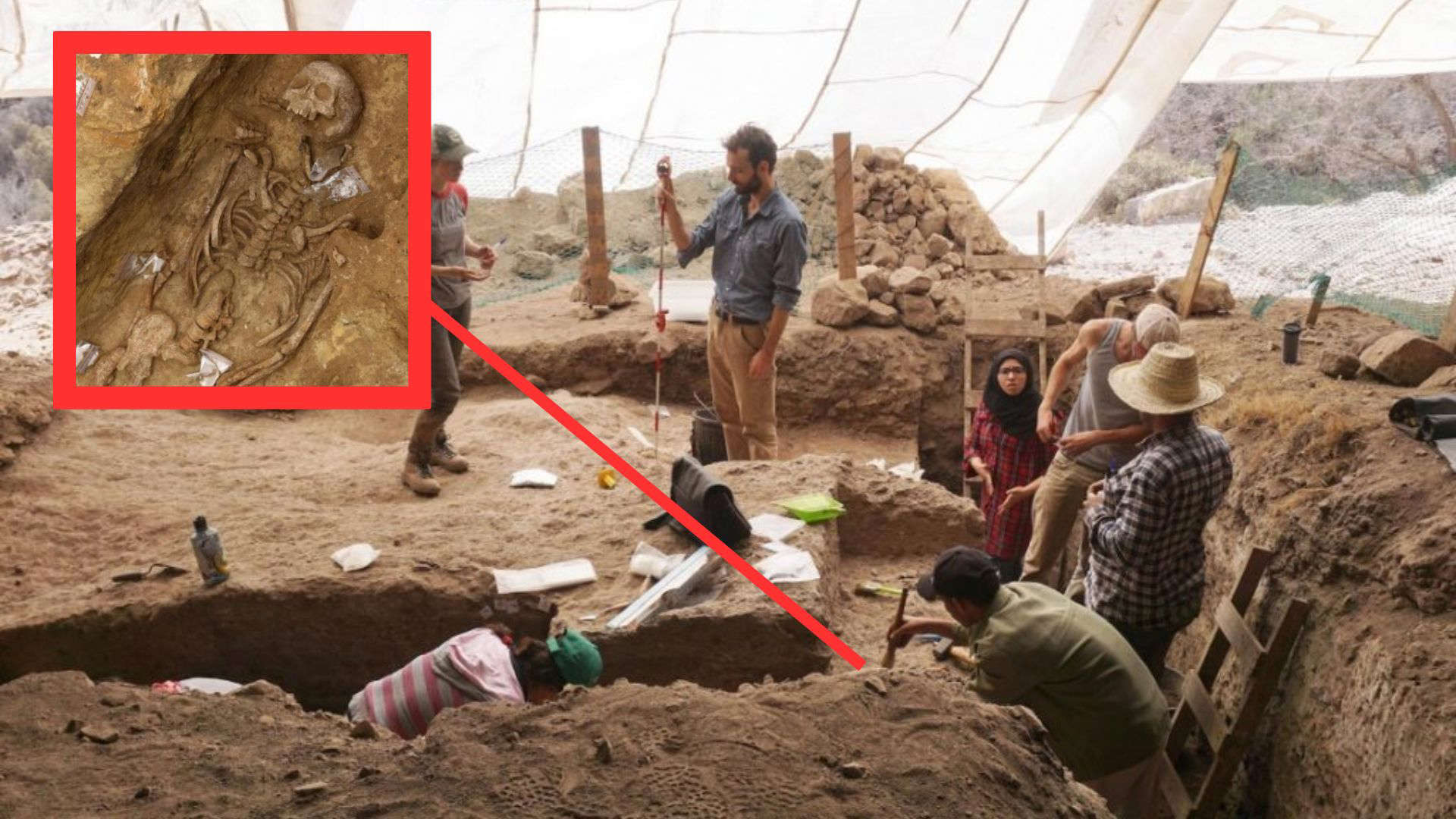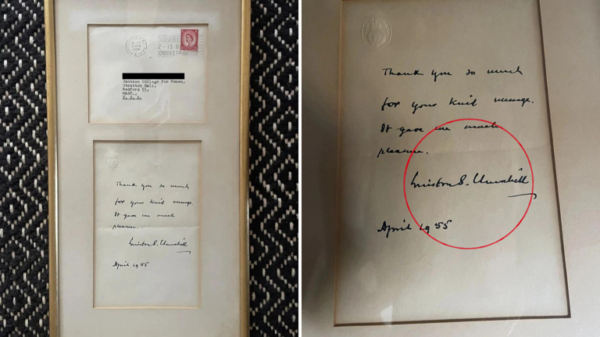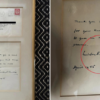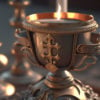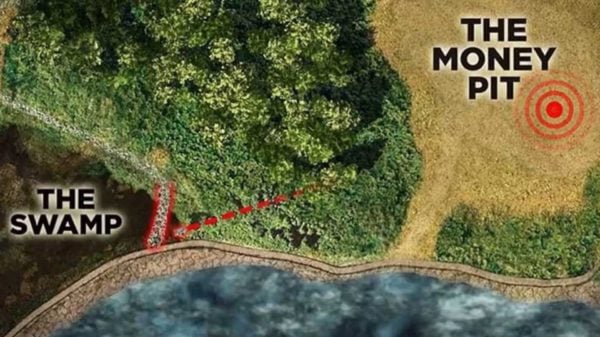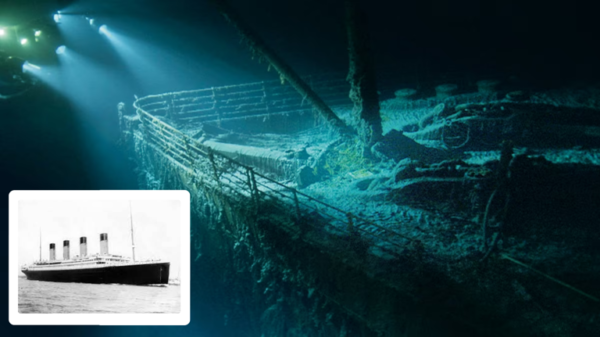Arecent excavation near the Cathedral in Notre Dame has uncovered a necropolis more than 2,000 years old, revealing coffins with the remains of more than 50 individuals. The excavation was part of a project to expand the commuter subway line in Lutetia, an ancient town where the cathedral now stands.
Dominique Garcia, the president of the National Institute of Preventive Archaeological Research in France, spearheaded the project to uncover the 2,000-year-old necropolis near Notre Dame Cathedral. Garcia stated that the excavation was a rare opportunity to glimpse into the city’s past, making it an exceptional find. El Pais reported the president’s remarks on the matter.
During the second century, people had a strong desire to separate the dead from the living and constructed sprawling tombs known as necropolises. These tombs were constructed to honor the deceased, though also keep them apart from the living areas of the city.
According to Dominique Garcia, the funeral rites observed in the necropolis offer insight into the lives of those who inhabited Paris during this time. At least 50% of the sites discovered in the excavation contained items such as clothes, pins, belts, jewelry, dishes, and glassware, as stated in an INRAP press release.
Garcia noted that people during the second century believed in an afterlife, and thus placed items in the graves to assist the dead in the next world. This explains the presence of everyday objects like pitchers, which were likely filled with food to sustain the deceased in the afterlife.
As per INRAP, some coffins contained coins placed either inside the containers around the body or in the mouth of the deceased. This practice, commonly found in ancient times, is believed to belong to the ferryman of the underworld’s obol. The excavation also revealed a pit containing an entire pig skeleton, but its significance remains unknown.
The Saint-Jacques necropolis, where the 2,000-year-old burial site was found, had been previously excavated in the 1800s, according to the Smithsonian. However, surveyors at the time were more interested in the artifacts that were buried with the deceased rather than the remains themselves. After the site was briefly explored, it was covered up again and forgotten for the next two centuries.
Recent archaeological excavations have been conducted in the area around the Cathedral of Notre Dame following a fire in 2019 that caused damage to the structure. In one such excavation this past year, researchers discovered a mysterious lead sarcophagus shaped like a human, which they subsequently opened.
The remains were identified as Antoine de la Porte, who was a high priest during the 15th and 16th centuries and passed in 1710, thanks to inscriptions found on the coffin.
As we uncover more and more secrets from the past, it becomes increasingly clear that our history is an invaluable treasure that must be protected for generations to come. By protecting and studying these ancient relics, we can deepen our understanding of our ancestors and the cultures that came before us.












